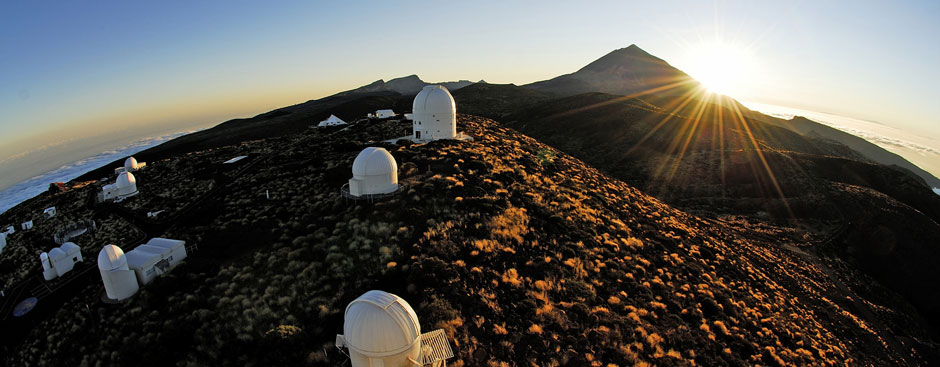Speaker
Description
At DESY in Hamburg, the ALPS group is developing detection systems for rare event searches based on superconducting Transition Edge Sensors (TES) together with international partners. In addition to the activities regarding an application within the ALPS II experiment, the TES platform at DESY has been adapted for direct detection of sub-MeV dark matter (DM) particles. Profiting from their low noise, high detection efficiency and impressive energy resolution, TES are already employed as readout to search for DM in several experiments with solid-state targets. In contrast, in our experiment, we use the TES not only as a sensor, but also as a target when searching for DM interactions, using the superconducting film of our TES. With our detection setup consisting of SQUID-coupled TES detection modules originally optimized for 1064 nm photon pulses we can show for the first time that this approach is viable for independent direct DM searches. With its sub-eV sensitivity our TES is sensitive to sub-MeV DM-electron scattering and low-mass parameter space inaccessible by most DM-nucleon scattering experiments. In this contribution, we will present results of the first measurement campaigns with two different TES modules including the resulting limits on dark matter interactions. In addition, we will give an outlook regarding how this approach could be extended for an even better reach in sensitivity.

